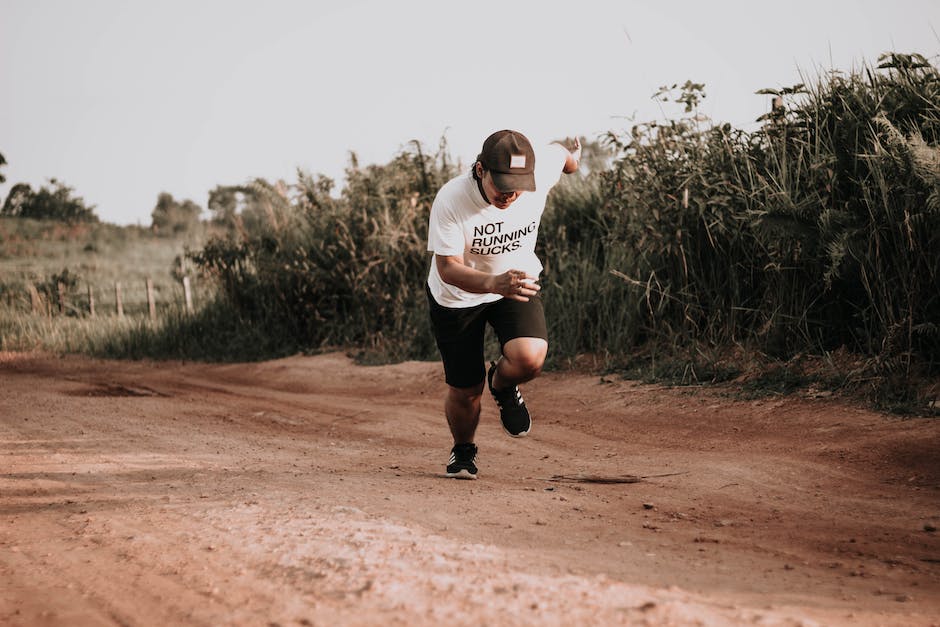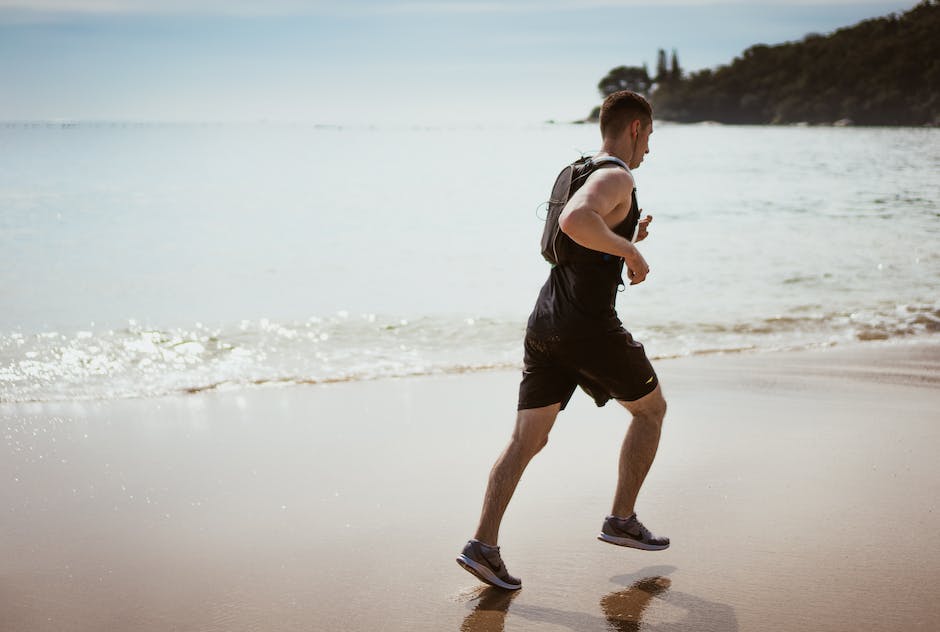
Frosty Feet: What’s Too Cold for Running?
Winter running can be invigorating and beautiful, but it also poses a unique set of challenges. One of the biggest questions runners face during the winter months is how cold is too cold to run. While there isn’t a one-size-fits-all answer to this question, there are a few key factors to consider when determining whether or not it’s safe to lace up your shoes and head out into the cold. In this article, we’ll explore the ideal running temperatures, the dangers of running in cold weather, and tips for staying warm and safe during your winter workouts.
What Temperature Is Too Cold for Running?
When it comes to ideal running temperatures, most experts agree that between 40 and 60 degrees Fahrenheit is the sweet spot. However, this can vary depending on individual factors such as body composition, fitness level, and clothing choices. When the temperature drops to below freezing, it can become dangerous for runners. Generally, if the temperature is below 20 degrees with wind chill, it’s best to stay inside. If it’s between 20 and 32 degrees, it’s still possible to run outside, but you should take precautions to ensure your safety.
Factors That Affect Your Tolerance for Cold
As mentioned, there are several factors that can affect your ability to tolerate cold temperatures when running. These include:
- Age: Older runners tend to have a harder time regulating their body temperature and may be more susceptible to hypothermia.
- Body composition: Runners with less body fat may feel the cold more than those with more insulation.
- Gender: Women tend to feel the cold more than men due to differences in body composition and hormonal factors.
- Fitness level: Runners who are more fit may be able to tolerate colder temperatures than those who are less fit.
- Clothing choices: Wearing the right layers and materials can make a big difference in how warm you feel.
The Dangers of Running in Cold Weather
Exposing your body to extreme cold can have serious consequences, even if you’re only outside for a short period of time. Some of the dangers of running in cold weather include:
- Hypothermia: This occurs when your body temperature drops below normal and can result in confusion, loss of consciousness, and even death.
- Frostbite: Frostbite occurs when skin and tissue freeze and can cause permanent damage to your extremities.
- Asthma attacks: Cold, dry air can trigger asthma attacks in some individuals.
- Slippery conditions: Snow and ice on the ground can make running treacherous and increase your risk of injury.

Tips for Running in Cold Weather
If you do decide to brave the cold and go for a run, there are several things you can do to stay warm and safe:
Dress in Layers
Wearing layers allows you to regulate your body temperature as you heat up during your run. Start with a sweat-wicking base layer, add a thermal layer for insulation, and top it off with a windproof and waterproof jacket.
Protect Your Extremities
Your hands, feet, and head are the most vulnerable to the cold, so be sure to wear gloves, warm socks, and a hat or headband.
Stay Hydrated
Even though you may not feel as thirsty in cold weather, it’s important to drink water before and during your run to stay hydrated.
Choose Your Route Carefully
Avoid running on slippery surfaces and choose well-lit routes with minimal traffic to ensure your safety.
Listen to Your Body
If you experience any symptoms of hypothermia or frostbite, such as numbness, tingling, or pain in your extremities, it’s important to head inside and warm up immediately.
Conclusion: How Cold Is Too Cold for Running?
While there isn’t a black and white answer to the question of how cold is too cold for running, there are several factors to consider when making the decision to head outside. By taking precautions such as dressing in layers, protecting your extremities, and choosing your route carefully, you can stay warm and safe on even the coldest of days. However, it’s important to listen to your body and know when it’s time to head inside and warm up. By doing so, you can enjoy the beauty and challenge of winter running without putting your health at risk.
Frosty Feet: Novel Suggestions for Cold-Weather Running
If you’re looking for even more ways to stay warm and comfortable during your winter runs, here are a few novel suggestions:
Invest in Heated Apparel
From heated gloves to jackets and even leggings, there are a variety of heated apparel options on the market that can help keep you warm and comfortable during your run.
Try Traction Devices
If you’re running on snow or ice, traction devices such as Yaktrax can provide added grip and stability to help prevent slips and falls.
Hit the Trails
If you’re a trail runner, winter can be a great time to explore new routes and enjoy the beauty of snowy landscapes.
By incorporating these tips and suggestions into your cold-weather running routine, you can stay safe, warm, and comfortable no matter how low the mercury drops.

Frequently asked questions
What temperature is too cold for running?
The ideal running temperatures vary depending on individual factors such as body composition, fitness level, and clothing choices. Generally, the sweet spot is between 40 and 60 degrees Fahrenheit. However, if the temperature drops to below freezing, it can become dangerous for runners. If it’s below 20 degrees Fahrenheit with wind chill, it’s best to stay inside. If it’s between 20 and 32 degrees Fahrenheit, it’s still possible to run outside, but you should take precautions to ensure your safety.
What are some factors that affect your tolerance for cold?
Several factors affect your ability to tolerate cold temperatures when running, including age, body composition, gender, fitness level, and clothing choices. For example, older runners tend to have a harder time regulating their body temperature and may be more susceptible to hypothermia. Wearing the right layers and materials can make a big difference in how warm you feel, as well as protecting your extremities.
What are the dangers of running in cold weather?
Exposing your body to extreme cold can have serious consequences, even if you’re only outside for a short period of time. Some of the dangers of running in cold weather include hypothermia, frostbite, asthma attacks, and slippery conditions. It’s important to take precautions when running in cold weather and to listen to your body if you experience any symptoms of hypothermia or frostbite, such as numbness, tingling, or pain in your extremities.
What are some tips for running in cold weather?
There are several things you can do to stay warm and safe if you decide to run in cold weather. Dressing in layers is crucial for regulating your body temperature, starting with a sweat-wicking base layer, adding a thermal layer for insulation, and topping it off with a windproof and waterproof jacket. Protecting your extremities with gloves, warm socks, and a hat or headband is also essential. Staying hydrated, choosing your route carefully, and listening to your body are more tips for running in cold weather.
What are some novel suggestions for cold-weather running?
If you’re looking for even more ways to stay warm and comfortable during your winter runs, you can invest in heated apparel, try traction devices like Yaktrax, or hit the trails for a scenic winter run. These suggestions can provide added grip, stability, and warmth to help prevent slips and falls and make your winter running experience more enjoyable.






















